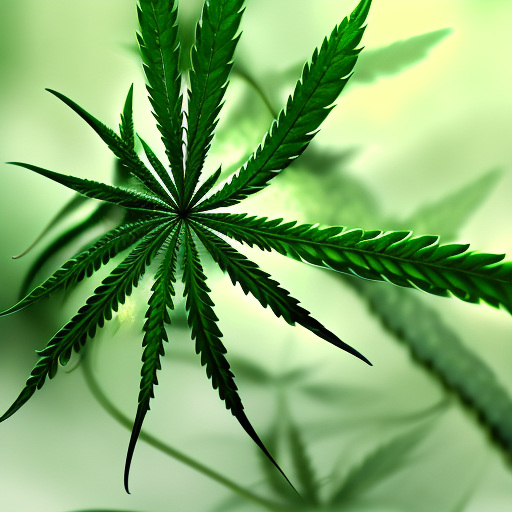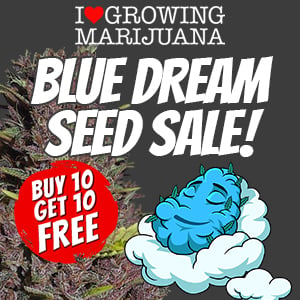
Yo, what’s up? My name is Dan and if you’re new to the world of cannabinoids or an old pro, I got some info for you to dig into. Let’s talk about CBD, THC, CBN, and CBG – what they are, the benefits they provide, and what the future looks like.
First off, you need to know that cannabinoids are chemical compounds that occur naturally in cannabis plants. They’re found in sticky structures called glandular trichomes and there are a bunch of different types. Some of these compounds will give you a buzz, while others have medicinal benefits. You might also hear them referred to as phyto-cannabinoids and exo-cannabinoids.
Let’s start with THC – tetrahydrocannabinol. This is the one that makes you feel high and it affects your perception, mood, consciousness, and behavior. It’s probably the most well-known compound in cannabis and it stimulates a part of your brain that triggers the release of dopamine. That means it can give you a sense of well-being and relief from pain, but it can also make you feel paranoid and anxious if you’re new to it. THC has anti-inflammatory benefits and researchers are studying its potential effects on prostate cancer.
Now let’s talk about CBD – cannabidiol. This is the second-most popular cannabinoid in marijuana and it’s not psychoactive. In fact, it calms you down instead of getting you high. CBD is used to treat Dravet syndrome and has been touted for its medicinal uses, including protecting the body’s neurons from damage or erosion and being useful in anti-inflammatory applications. It can help with arthritis, migraines, epilepsy, schizophrenia, spasms, muscle relaxation, anti-cancer treatment plans, and heart health.
CBN – cannabinol – is created by an oxidization process involving THC. It has psychoactive properties that are less intense than THC’s but can make you feel groggy if consumed in large amounts. CBN helps lower anxiety and pressure behind the eyes and can provide relief from muscle spasms.
CBG – cannabigerol – has anti-bacterial and anti-microbial benefits but isn’t often found in most pot strains on the market. It’s a starting point for THC and CBD and has been found to lower intra-ocular pressure (IOP) glaucoma.
Cannabinoids work by activating cannabinoid receptors in your body’s endocannabinoid system (ECS), which has many vital roles including emotion, sleep, and appetite. There are two types of receptors: CB1 receptors and CB2 receptors. CB1 receptors are in the brain, nerve endings, and nervous system while CB2 receptors are in the immune system.
Different strains of cannabis have different ratios of cannabinoids such as THC:CBD which can affect benefits such as pain control and muscle spasms. Marijuana has many advantageous effects like being a sleep aid, relieving anxiety, reducing inflammation, lowering muscle spasms, slowing bacteria growth but when abused or overused can trigger a dependency and impair emotions & memory.
Cannabis as medicine is becoming more prevalent as research continues on cannabinoids’ ability to benefit in treating epilepsy & cancer-related side effects. While marijuana dispensaries are popping up across more states each week, not everyone responds to marijuana the same way so it’s important for responsible use to be promoted. As scientific evidence increases backing the benefits of cannabinoids in marijuana we hope to see more medicinal drugs incorporating them.
So there you have it – a rundown on some key cannabinoids found in cannabis plants. Keep exploring this fascinating topic for more info on how they can benefit your health!


